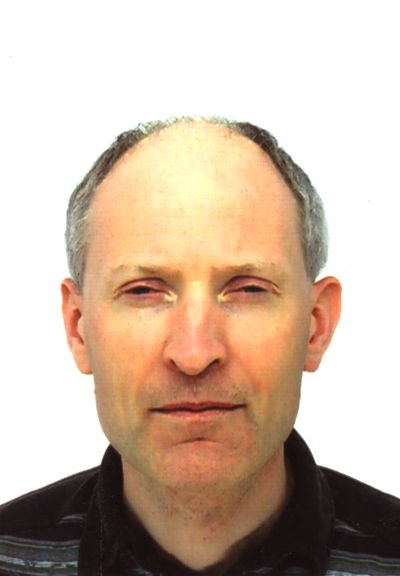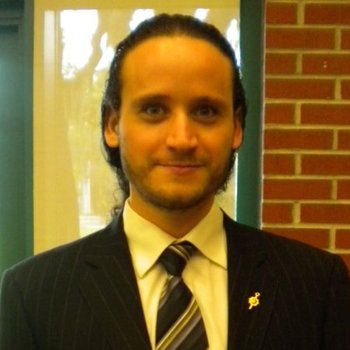
|
Jan Ramon.
MAGNET team
INRIA Lille Nord Europe, France
|
Research interests
I'm a senior researcher in the MAGNET (Machine learniNG in large-scale information NETworks) group at INRIA-Lille, France. My research interests include data mining and machine learning on graph-structured data, algorithmic and statistical aspects of graph-structured data, privacy-preserving techniques and applications in biomedical domains and traffic.
Title
Learning from hidden time-dependent graphs
Abstract
In many applications where the data is both graph-structured and time-dependent, it is unfeasible to have full knowledge of the data at every time step, even if sufficient memory would be available to store it. In this presentation, I first motivate this problem with examples, to get at a classification of common settings in terms of observability, objective, type of time-dependentness, etc. Next, I sketch approaches for a number of interesting cases where the interaction with the data has a common structure and one can make reasonable assumptions about the underlying process. The presentation is concluded with a set of open questions.
Bio
Dr. Nicolas Kourtellis is a Researcher in the Telefonica I+D research team, Barcelona. Previously he was a Postdoctoral Researcher in the Web Mining Research Group at Yahoo Labs, Barcelona. He holds a Ph.D. in Computer Science and Engineering from the University of South Florida (2012), a MSc in Computer Science from the University of South Florida (2008), and a BSc in Electrical and Computer Engineering from the National Technical University of Athens, Greece (2006). He is currently interested in distributed management and analysis of user private data, advertising for personal data, load balancing of distributed streaming processing engines, streaming graph analysis, behavior analysis of users in online platforms. He has published more than 40 papers in top conferences and journals such as IEEE International Conference on Data Engineering, ACM World Wide Web Conference, ACM Knowledge Discovery and Data Mining, ACM/IFIP/USENIX Middleware Conference, ACM International Internet Measurement Conference, etc. He has also presented his work on Apache Samoa in relevant venues such as Apache Big Data Conferences in Europe and North America. He has served in many program committees of top academic conferences and journals (e.g., WWW, KDD, CIKM, ACM TKDD, IEEE TKDE, IEEE TPDS, etc.)
Title
Dealing with betweenness in evolving graphs and imposed system workload imbalance
Abstract
Graph problems such as betweenness centrality can be notoriously hard to compute in a static setting. The problems of efficiency and scalability to handle million-node graphs are exacerbated in a dynamic setting, where the input is an evolving graph seen edge by edge, and the goal is to keep the graph measure under computation up to date. In order to solve such problems efficiently, and compute respective graph metrics online, some have proposed approximation or incremental methods, and others have proposed parallelized execution of properly defined subtasks on parallel and/or streaming platforms. In the first part of this talk, I will cover a framework that applies both strategies for computing betweenness centrality on evolving graphs while generating scores on pseudo-real time. In the second part, I will cover efforts to address system workload imbalance arising when computing such highly skewed graph metrics, which impose uneven load to the computation nodes of the streaming platform.


